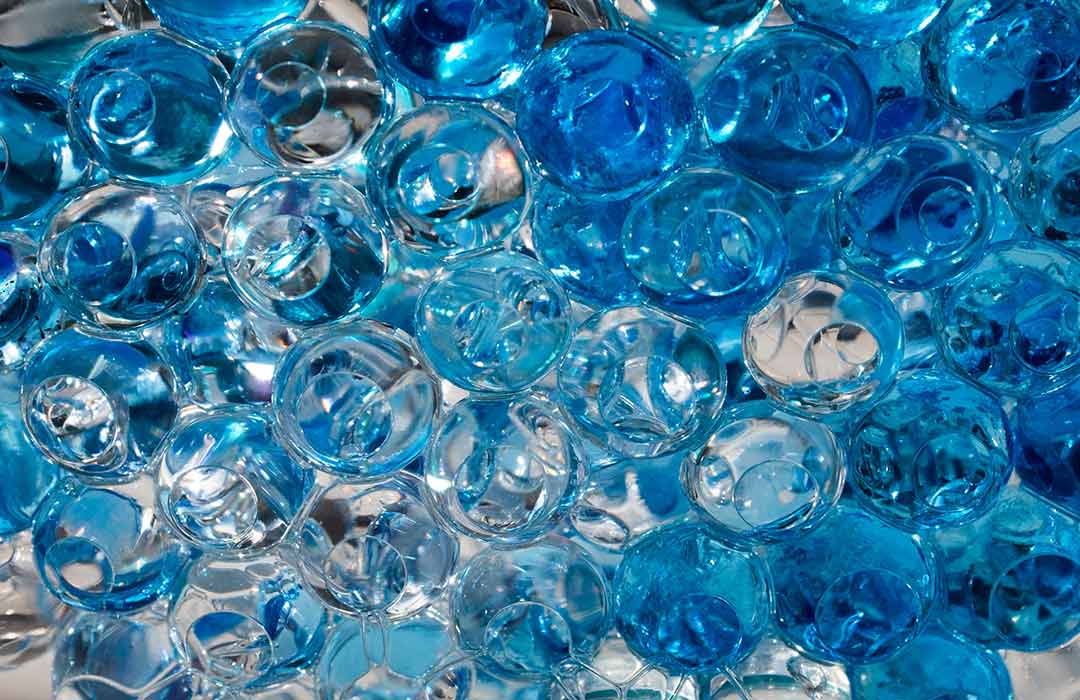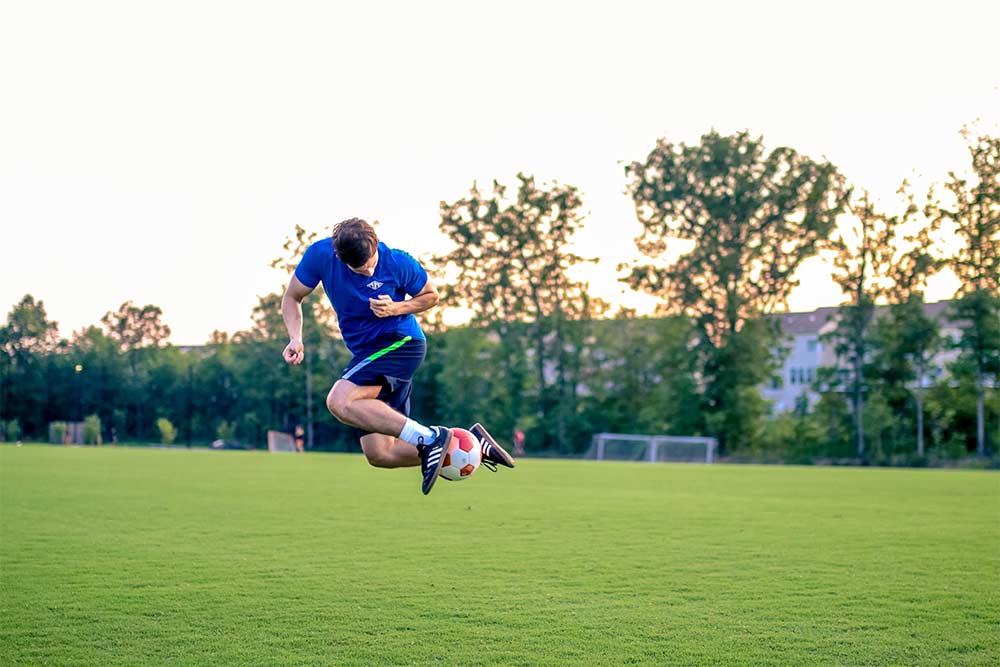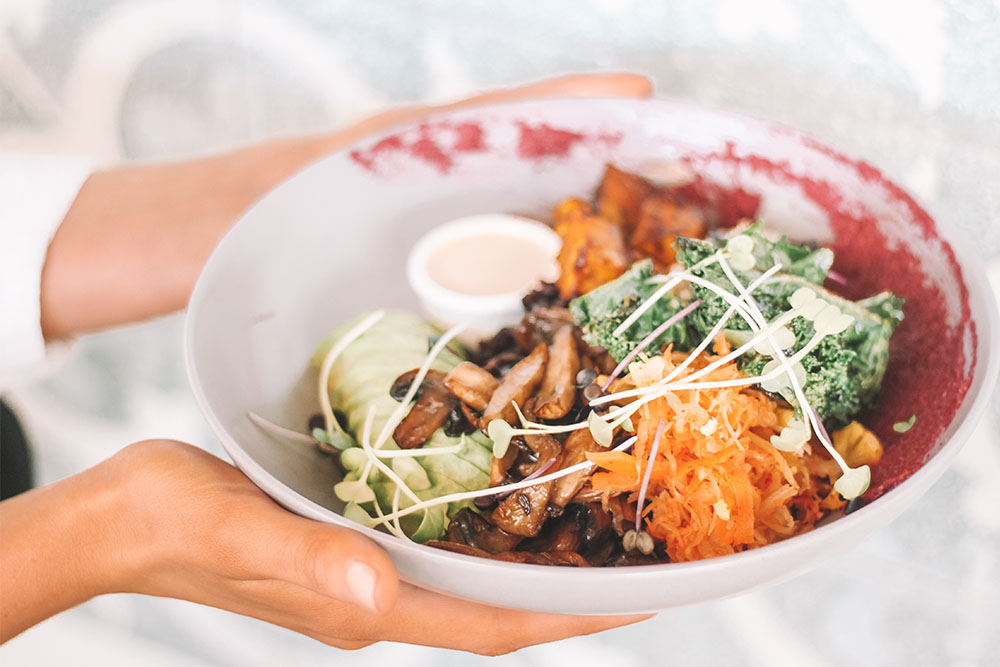Gelatin – The Anti-Injury Answer? (Sorry Vegetarians)

Evan Stevens
Getting injured sucks. Anyone who would tell you otherwise has either never been injured (highly unlikely) or never had the passion in the first place. The forced time away from something you love is singularly depressing. Injuries were the name of the game this past track and field World Championships in London, taking out some of the top medal contenders and dashing hopes of a fairy tale ending for Usain Bolt, the greatest sprinter in history. But injuries happen. I was injured this past summer, just as I was really starting to hit my stride again on the track.
 Tibialis anterior synovitis – the synovial sheath that allows the tendon on top of your foot/outer shin to pull the foot towards the shin became inflamed mostly due to over use. I think it was because I was in my spikes three times a week and after having not done so for the better part of five years, my body just wasn’t able to handle the stress. Two weeks off, away from running, and I’m feeling better but it still nags at me that I could have done something to help prevent the injury in the first place. I thought I was being smart with recovery – I was on my foam roller, rolling out my muscles every night; I was icing and taking my anti-inflammatory medication, and I was eating well (or so I thought).
Tibialis anterior synovitis – the synovial sheath that allows the tendon on top of your foot/outer shin to pull the foot towards the shin became inflamed mostly due to over use. I think it was because I was in my spikes three times a week and after having not done so for the better part of five years, my body just wasn’t able to handle the stress. Two weeks off, away from running, and I’m feeling better but it still nags at me that I could have done something to help prevent the injury in the first place. I thought I was being smart with recovery – I was on my foam roller, rolling out my muscles every night; I was icing and taking my anti-inflammatory medication, and I was eating well (or so I thought).
It wasn’t until I was being treated by my sports doctor and we were talking about my background in nutrition that he mentioned looking into gelatin as an additive to my recovery protocols. He pointed to a very interesting article recently published in Sports Medicine this past March, titled Minimizing Injury and Maximizing Return to Play: Lessons from Engineered Ligaments which discussed how gelatin could be used to reduce injury and lower the time it takes to return to play.
Soft tissue injuries, those which affect the muscles, tendons, and ligaments, make up the majority of why we might take time away from the sport. Roughly 70% of the time away from the sport due to injury is because of these soft tissue injuries – sprains, pulls, tendonitis, etc. Incidences of soft tissue injuries also change with age and health status – the older we get the higher the incidence, the less healthy we are (diabetic vs. nondiabetic) the higher the incidence as well. While these soft tissue injuries are extremely common, we still have not made huge inroads into adequate prevention.
While things like electric stimulation, ultrasound, and even acupuncture are used to help treat a lot of these issues, there is little we do that truly helps to prevent a lot of these injuries. This issue really got me thinking about the Masters Athletes that Fast Twitch Grandma contributor Paul and our fearless leader, the FTG herself, Virginia met this August at the North America, Central America, and Caribbean Region of World Masters Athletics.
If injury incidence increases with age, these athletes are at even greater risk for time away from their sport which makes it even more important to maximize injury prevention protocols. The researchers suggest that the reason why these injuries are so common is that we treat tendons and ligaments as the same, where they are functionally different and both are able to adapt to exercise stimulus when it was previously thought that they were more static.
We tend to group tendons and ligaments together under an umbrella term: sinews. However, they are two very different soft tissues providing different functions. Tendons attach a compliant tissue (muscle), to a stiff tissue (bone), and are a variable mechanical tissue. This means that tendons are stiffer near where they attach to bones, and more elastic where they attach to the muscles. The elastic and takes some of the stress off a muscle by acting as a shock absorber.
However, when a tendon gets too stiff or is injured and can no longer absorb the strain; the muscle has to, which can lead to additional muscle injury. The strength and health of a tendon is determined by the cross linking of collagen fibers and filaments. Collagen is the most abundant protein in animals, making up the majority of all our connective tissue including our skin, our ligaments and tendons, our bones, and pretty much everything in between. Collagen is a long string of peptides that are tightly packed together. These strings can form links with each other, referred to as the cross-linking of collagen fibers, when exposed to a sugar, such as glucose; the tighter, more rigid the area, the greater the degree of crosslinking of the collagen fibers.

Loosely cross linked fibers (on the left) make up more compliant tissues to better move and adapt to external stressors/perform mechanical functions. The more crosslinking (right) the tighter and stiffer the tissue, such as with bones, ligaments or even in tendons where they attach to bones.
Related Article: Gene-base Nutrition: Can it Benefit You?
What is interesting as well is that these tissues are adaptive to exercise. They grow in size and strength with training, just as our muscles. This means that they too are dynamic tissues and need to be thought of on the same level as our muscles when it comes to our recovery protocols. Just as we take protein post workout to improve our muscle protein synthesis and improve recovery, so too must we actively try to take in something that will help grow and improve our connective tissues. However, unlike our muscles, these connective tissues have relatively slow turnover rates. This is the reason that sinew was often disregarded as a potential area of study in relation to recovery – muscle is easy to quantify and turns over relatively quickly; it is more difficult to measure and quantify changes in these connective tissues because change happens slowly in them.
Yet the researchers in this study took a different approach and measured the molecular changes to the sinew rather than overall changes in size. What they found was that there was a significant molecular response to athletic stress within tendons and ligaments and the largest factor in determining the response was timely. The researchers found that the molecular response increased to maximum response output at around 10 minutes of activity. They also found that giving the ligament six to eight hours rest reset the response and exercise could be done again to get the full molecular response within the sinew and produce more collagen.
They summarized this finding thus: “repeated short periods of activity that load the connective tissue followed by long periods of rest appear to be optimum for connective tissue health and function.” Now, if you have been following Fast Twitch Grandma for any length of time, you will be able to read between the lines of that statement. For those who are just joining us, the researchers are giving further evidence to suggest the health benefits of High Intensity Interval Training (HIIT).
HIIT, as we’ve discussed in many articles prior, provides innumerable health benefits, and now we see that we can add joint health and strength to that ever growing list. The researchers also suggest that loading the tendon while injured can also help to speed recovery and grow strength; they suggest that “limited range-of-motion exercises even if performed with a light weight should be effective at increasing collagen synthesis in a developing or regenerating tendon or ligament”
As I previously alluded to, we need to treat sinew just as we would any other dynamic tissue in our body – we need to think of it almost as we would muscle. That means we need to consider our post workout nutrition to ensure there are adequate resources to build and grow our tendons and ligaments. When we think of dynamic tissues we think of turnover, growth, and rebuilding. To do all this in muscle we take protein after our workout. We’ve previously discussed post exercise protein and its relevance to muscle recovery but now that we know that sinew is a dynamic tissue just like muscle, we need to start thinking about it with the dynamic tissue mindset too.
Connective tissue is slower to grow than muscle, it still will hypertrophy in response to exercise. What the researchers found was that giving 15 grams of gelatin one hour prior to exercise doubled collagen synthesis rates. Gelatin is an irreversibly hydrolyzed form of collagen that we get from animal tissue (the collagen has been broken apart by water to form smaller peptides instead of long fibrils). Gelatin is basically a digestible and readily available form of collagen, meaning it contains all the amino acids, or the building blocks, that are needed to form the collagen protein (glycine, proline, lysine, hydroxylysine, and hydroxyproline). When gelatin is taken with Vitamin C, the gelatin effect is improved.
Vitamin C is an essential cofactor to the production of procollagen, the precursor to collagen. I’m sure most of us are already familiar with the Vitamin C effect through various other forms of media: i.e. pirates with scurvy. Scurvy is basically a loss of collagen because a lack of vitamin C in the diet – being on a ship without fresh fruit or vegetables to provide Vitamin C meant that pirates’ teeth would fall out and/or they would bleed from their gums. So when given vitamin C enriched gelatin, our connective tissues grow stronger and recover faster, reducing injury risk or facilitating a faster return to play.
Related Article: Pump Up Your Performance With Beet Root Juice!
Injuries suck. However, as we just learned there is a possibility of helping to prevent them or to speed up recovery. Exercising for specific amounts of time (short bursts ala HIIT) is the best way to promote new collagen synthesis while adding 15g of Vitamin C gelatin an hour before your workout can double the growth of your connective tissues. Moving while injured, even if it is just a small amount, will help to increase recovery because it will promote connective tissue turnover. Tactile tissues like tendons will especially benefit from this as lack of motion promotes stiffness, which can cause more injuries down the line if they are too stiff near the muscle and the muscle has to take the brunt of the shock absorption.

The amino acid profile of gelatin. Note the high amount of glycine and especially proline, important for collagen synthesis.
Providing gelatin as a nutritional supplement is similar to taking whey protein for muscle protein synthesis – both have the right amino acid make up to provide the building blocks for growth. The downside is that gelatin comes from animals. If you are a vegetarian or a vegan, you are going to have to be more careful. While plant substitutes such as agar or carrageenan have been used in confectionery to create a gelatin-like substance, they do not meet the same nutrient profile as gelatin – they are low in protein with few of the necessary amino acids and made primarily of fiber and polysaccharides (complex sugars).
For you vegans and vegetarians, you are going to have to carefully read your protein powder labels and make sure your protein has glycine, proline, lysine, hydroxylysine, and hydroxyproline (as well as leucine if you are going to use it as an all-in-one for your muscles too).
Note: While many may read GELATIN and immediately think of Jell-O, please do not use Jell-O as a sport supplement. While yes it is made of gelatin and contains sugars that can help replenish your glycogen and give you some energy pre-workout, it is so high in sugar that it really isn’t worth it. The nice thing about looking for gelatin supplements is that so long as the package reads “pure gelatin” you should be good to go. Gelatin is 98-99% protein by weight and the source, be it beef, pork, or chicken, does not seem to matter too much.
How Prolonging Your Athletic Career Impacts Longevity
Evan Stevens Athletes are put under a microscope from the moment they take their first steps into the limelight. Statistics track their every move, from strict performance metrics such as save percentages, shots on goal,...Reaction Time Test: Improving Your Time
Evan Stevens Aging sucks. While some argue that aging is a wonderful part of life, that it gives us experience and allows us to better know ourselves, at the end of the day, it really...Relative Energy Deficiency: Nutrition For Endurance Athletes
Evan Stevens Speak with any endurance athlete and the topic of conversation almost always steers towards nutrition. Endurance athletes are the pickiest, most finicky bunch you will ever meet, from the over health conscious “I...The 7 Myths of Weightlifting
Evan Stevens There are common utterances when the conversation shifts to weightlifting and why people don’t do it. More so than any other form of exercise, lifting has a near infuriating amount of misinformation and...What is a High-Intensity Interval Training (HIIT) Workout Anyway?
Evan Stevens High-Intensity Interval Training (HIIT) is a huge ‘hit’ with exercise researchers and the general population alike. It is less time consuming and can imbue the same if not more benefits as traditional exercises...Do Ketogenic Diets Reduce Anaerobic Performance?
Evan Stevens Ketogenic diets have come to the forefront of popular health fads in the past few years. Placing the majority of our health and dietary problems on carbohydrates (due to the spike in blood...References:
Baar, Keith. “Minimizing Injury And Maximizing Return To Play: Lessons From Engineered Ligaments.” Sports Medicine 47.S1 (2017): 5-11. Web.
Shaw, Gregory et al. “Vitamin C–Enriched Gelatin Supplementation Before Intermittent Activity Augments Collagen Synthesis.” The American Journal of Clinical Nutrition 105.1 (2016): 136-143. Web.
















